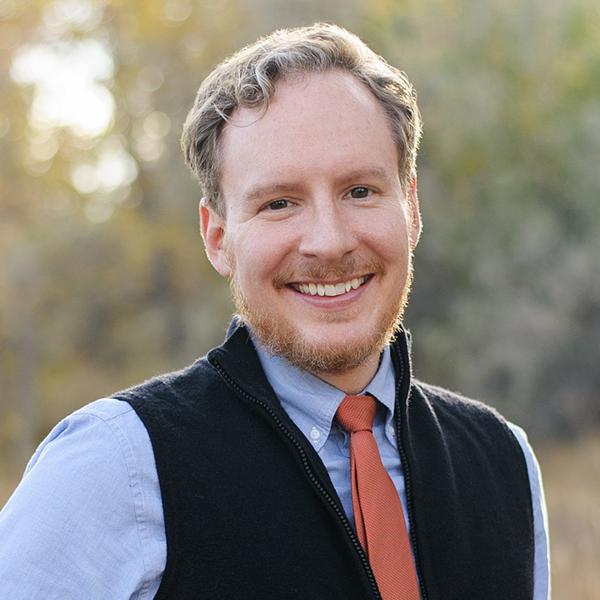Across Colorado, hundreds of health care providers serve hundreds of thousands of people who face historic and economic inequities every year. These clinics are often referred to as the “safety net.” They offer care to people who have relatively low incomes, are enrolled in Medicaid, or lack health insurance.
Yet the term “safety net” may be inadequate to capture the depth and diversity of what these providers do. The phrase brings to mind a single mechanism or program that catches Coloradans in hard times and addresses their health care needs. In reality, these providers are more akin to the sort of enduring and complex ecosystem found in nature than to a net in a circus tent.
Most ecosystems are inherently complex. They develop over time, responding to the needs and habits of life forms residing within. Likewise, many safety net clinics originated as a response to a local community’s health needs and have evolved with those communities.
There is not a standard definition of the safety net. The Colorado Health Institute (CHI) defines it broadly to include Community Mental Health Centers, Community Safety Net Clinics (CSNCs), Federally Qualified Health Centers (FQHCs), Rural Health Clinics, and School-Based Health Centers, among others. (You can find descriptions of these clinics in CHI’s Safety Net Primer here.)
In CHI’s recent report, Stretching the Safety Net, we found that the five types of clinics listed above served about 776,000 people in 2019. Many additional Coloradans receive services from other providers — such as public health clinics or certain dental clinics — not included in the data although they would typically be considered part of the safety net.
Each type of clinics fills its own niche in the ecosystem: For instance, CSNCs are very diverse, and include faith-based clinics, family medicine residency clinics, and free clinics that predominantly serve Coloradans without coverage. They are distinct from FQHCs, which have a specific designation and receive financial support from the federal government to serve populations enrolled in Medicaid or Medicare and those lacking insurance.
Distinctions aside, Colorado’s safety net provides physical, mental, and oral health services to hundreds of thousands of Coloradans each year. The clinics often serve as a patient’s medical home — meaning they are the usual place where people go to get primary and preventive care.
An Evolving Ecosystem
In nature, an ecosystem is sustained by the transfer of energy through its living and nonliving components. Similarly, the safety net relies on the availability of resources to provide care for its patients. For example, financial reimbursement from Medicaid represents a major revenue stream for many safety net providers. Others that serve large proportions of patients without insurance rely on public and private grant opportunities — like the Primary Care Fund created by 2004’s tobacco tax — to subsidize care for those who cannot pay.
And like an ecosystem, these clinics are in a constant state of adaptation. For example, some clinics added capacity and new services after the state expanded Medicaid coverage under the Affordable Care Act.; in more recent years, many clinics in Colorado adapted to new decreases in Medicaid revenue by laying off workers or tightening budgets prior to the COVID-19 pandemic — not unlike the way a natural ecosystem regains a balance of plant and animal life after a disturbance like a flood or wildfire.
The net impact of recent declines in Medicaid caseload at many clinics was a weakened ecosystem at the moment when another challenge — the worldwide COVID-19 pandemic — hit. Safety net clinics were at the forefront of the response, balancing meeting their patients’ health care needs with keeping the lights on and maintaining a safe environment for their teams. Stretching the Safety Net explores these dynamics and how clinics responded.
The adaptation of natural ecosystems has been on the minds of many Coloradans lately as the effects of a changing climate and decades of fire suppression cause wide swaths of iconic forests to burn.
The safety net ecosystem faces its own potential wildfire over the next year as the state anticipates further budget cuts due to a struggling economy. This happens at the same time as three out of four respondents (74%) to a recent Colorado Health Foundation poll indicated that it was very or extremely important that the state allocate additional funds to improve access to health care.
CHI will be monitoring both the demand for safety net resources and impacts of any cuts proposed in the coming next year. Stay tuned.
Safety net clinics have proven to be resilient in the past, and they will continue to find innovative ways to adapt and serve Coloradans. The question is what the clinical ecosystem will look like on the other side of the pandemic — whenever that will be — and how it will meet the needs of Coloradans who rely on its services.
Related Blogs and Research


